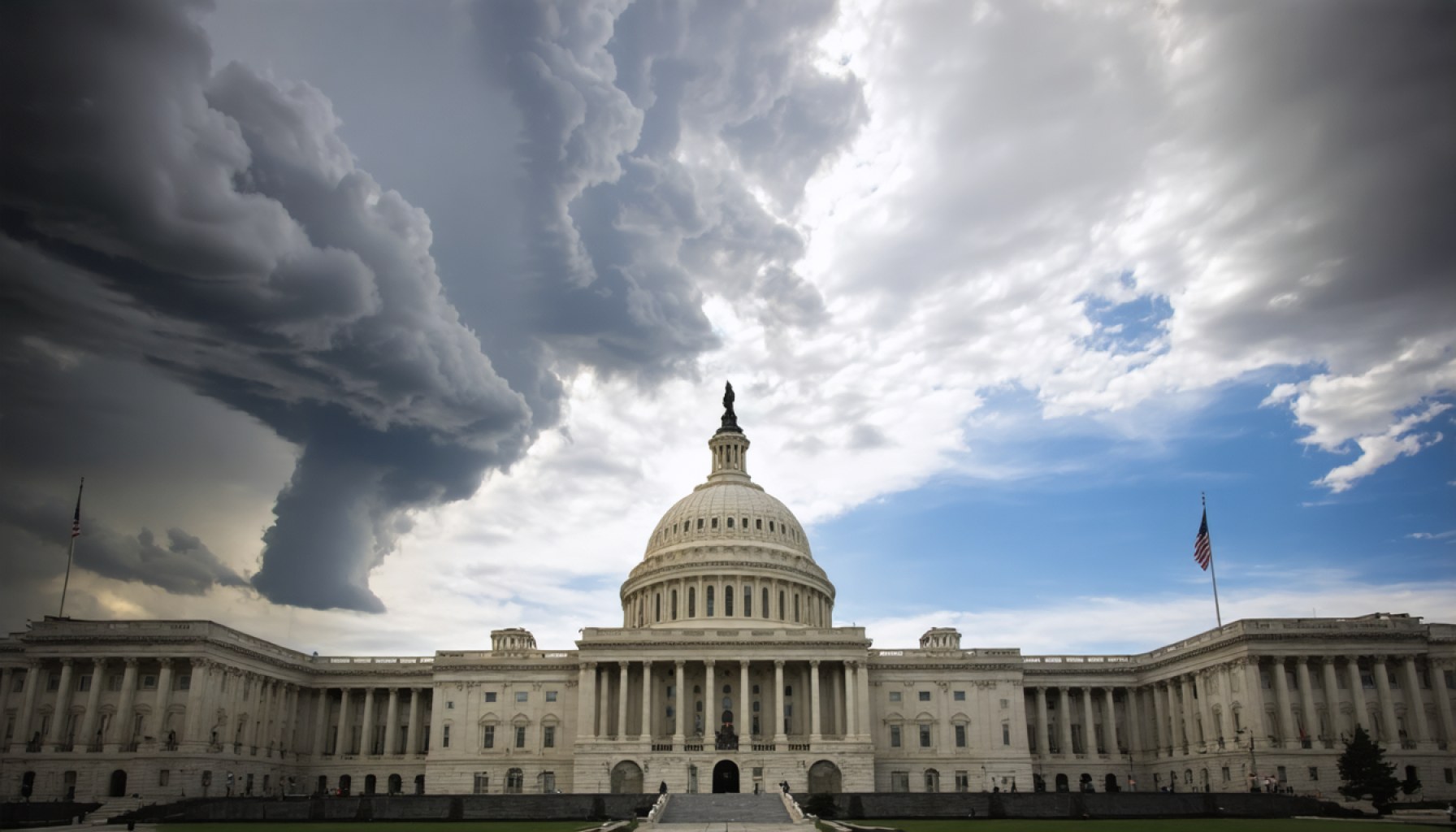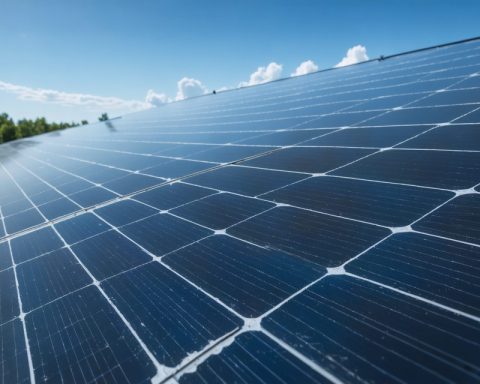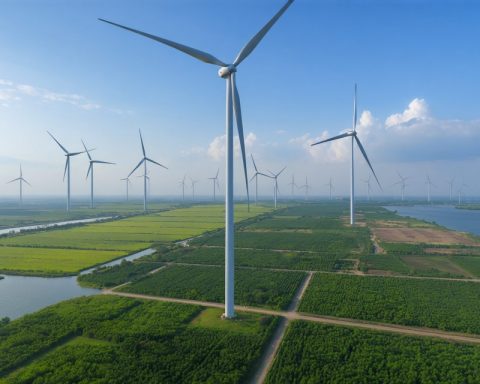- Federal climate and energy funds have faced disruptions due to political decisions, causing financial uncertainty for projects dependent on these resources.
- Halting funds from the Inflation Reduction Act and the 2021 infrastructure law impacted weatherization, EV charging, and clean energy initiatives across the U.S.
- Positive developments include school districts receiving funds for electric buses, and states like Colorado regaining access to funds for solar and energy-efficient projects.
- Rural clean energy projects and EV networks remain vulnerable to potential funding freezes, while EPA’s $20 billion “green bank” faces administrative challenges.
- A proposed 2025 budget threatens cuts to vehicle emissions and EV subsidies, sparking debates on fiscal goals versus sustainable progress.
- The U.S. Energy Information Administration forecasts a 2025 clean energy surge, with over half of 63 gigawatts of new power coming from solar energy.
As the snowdrifts of political decisions settle, a storm of financial uncertainty engulfs the sectors depending on federal climate and energy funds. Imagine a giant tap, abruptly shut off, leaving state and local governments, businesses, and nonprofits parched of resources earmarked for crucial initiatives. This was the reality after former President Donald Trump’s January decree to halt expenditure from the Inflation Reduction Act and the 2021 infrastructure law.
Despite forceful court injunctions demanding the resumption of these funds, the gears of government turn slowly. Across the country, those spearheading weatherization projects, electric vehicle (EV) charging installations, and myriad other clean energy endeavors found their hands tied, their visions temporarily dimmed. Yet, like rays piercing storm clouds, good news has begun to emerge. School districts announce their success in securing millions for electric school buses. State officials from Colorado to New Hampshire report that funds for energy-efficient buildings and solar installations in low-income areas are once again within reach.
However, as billions remain inaccessible, the tension is palpable. Federal contractors, along with their workforce, tread carefully, dreading a potential return to the freeze. Particularly at risk are rural clean energy projects and EV charging networks, which could face abrupt halts if funding is throttled once more. Meanwhile, EPA administrator Lee Zeldin grapples for control over a vast sea of $20 billion intended for “green bank” strategies. Legal experts warn that ongoing freezes could spark a series of legal skirmishes, potentially escalating to the highest court in the land.
In parallel, a looming shadow darkens this progress: a Republican-engineered 2025 budget threatens to cut deep into vehicle emissions regulations and EV subsidies. While some argue these cuts will help the GOP reach desired fiscal reductions, others, notably Democrats and policy-watchers, see them as counterproductive.
The clarity in this chaos comes from an authoritative government forecast: the U.S. Energy Information Administration predicts that 2025 will usher in a clean energy renaissance. Over half of the 63 gigawatts of new power expected to enrich the grid will derive from solar power, with large contributions from burgeoning battery storage projects.
In this oscillating landscape, one truth stands firm: transformative climate action remains a convoluted journey, pinned precariously between the pulls of political forces and the imperatives of sustainable progress.
Will Funding Freezes Derail America’s Clean Energy Revolution?
As political winds shift, so do the fortunes of those invested in America’s clean energy future. The temporary freeze on federal climate and energy funds, initiated under former President Donald Trump, has injected uncertainty into initiatives crucial for a sustainable energy landscape.
Key Insights and Implications
1. Impact on Clean Energy Projects:
State and local governments, businesses, and nonprofits found themselves in limbo as funds from the Inflation Reduction Act and the 2021 infrastructure law were restricted. This interruption jeopardized a wide range of projects, from EV charging stations to renewable energy installations. Although recent court orders have reopened some financial streams, the landscape remains unpredictable.
2. Economic and Job Market Effects:
The suspension of these funds directly impacts the job market involved in clean energy sectors. According to a U.S. Department of Energy report, the clean energy workforce grew by 300,000 jobs in 2021. However, continued funding uncertainties could stall this growth, impacting local economies, particularly in sectors heavily dependent on federal support.
3. Political and Legal Battles:
With federal contractors and local officials facing potential funding freezes, legal battles loom large. The Environmental Protection Agency (EPA), under administrator Lee Zeldin, is navigating challenges related to managing a $20 billion “green bank” fund. Legal experts anticipate potential cases could escalate to the U.S. Supreme Court, complicating the regulatory framework for clean energy funding.
4. Proposed Budget Cuts:
The proposed Republican-driven 2025 budget threatens to cut vehicle emissions regulations and EV subsidies. This move contrasts with efforts to decarbonize the transportation sector and could hinder the United States’ climate goals. Critics argue that these cuts could stymie innovation and reduce the competitive edge of U.S. automakers.
5. Market Forecast and Industry Trends:
Despite these challenges, the U.S. Energy Information Administration projects a clean energy renaissance by 2025, with over half of the planned 63 gigawatts (GW) of new power coming from solar energy sources. The rise of storage battery projects will further bolster energy resilience and reliability across the grid.
Practical Tips for Navigating the Clean Energy Transition
– Diversify Funding Sources: Organizations should consider private investments and public-private partnerships to sustain projects during federal funding uncertainties.
– Leverage Technology: Investing in advanced energy solutions, such as smart grids and energy-efficient infrastructure, can reduce dependency on federal support and improve long-term sustainability.
– Engage in Advocacy: Stakeholders should actively participate in advocacy efforts to ensure continued governmental support for clean energy initiatives.
– Monitor Policy Changes: Staying informed on legislative changes and potential regulatory impacts will help businesses and governments adapt swiftly to new circumstances.
Conclusion
The oscillating political and financial environment underscores the complexity of achieving transformative climate action. Stakeholders must remain agile, continuously innovating and seeking alternative strategies to overcome political and economic hurdles. As the clean energy sector stands on the brink of potential growth, strategic decision-making will be crucial in ensuring a resilient and sustainable future.
For further insights and the latest developments in energy policy, visit the official U.S. Department of Energy website and stay informed on trends and forecasts shaping the energy industry.














